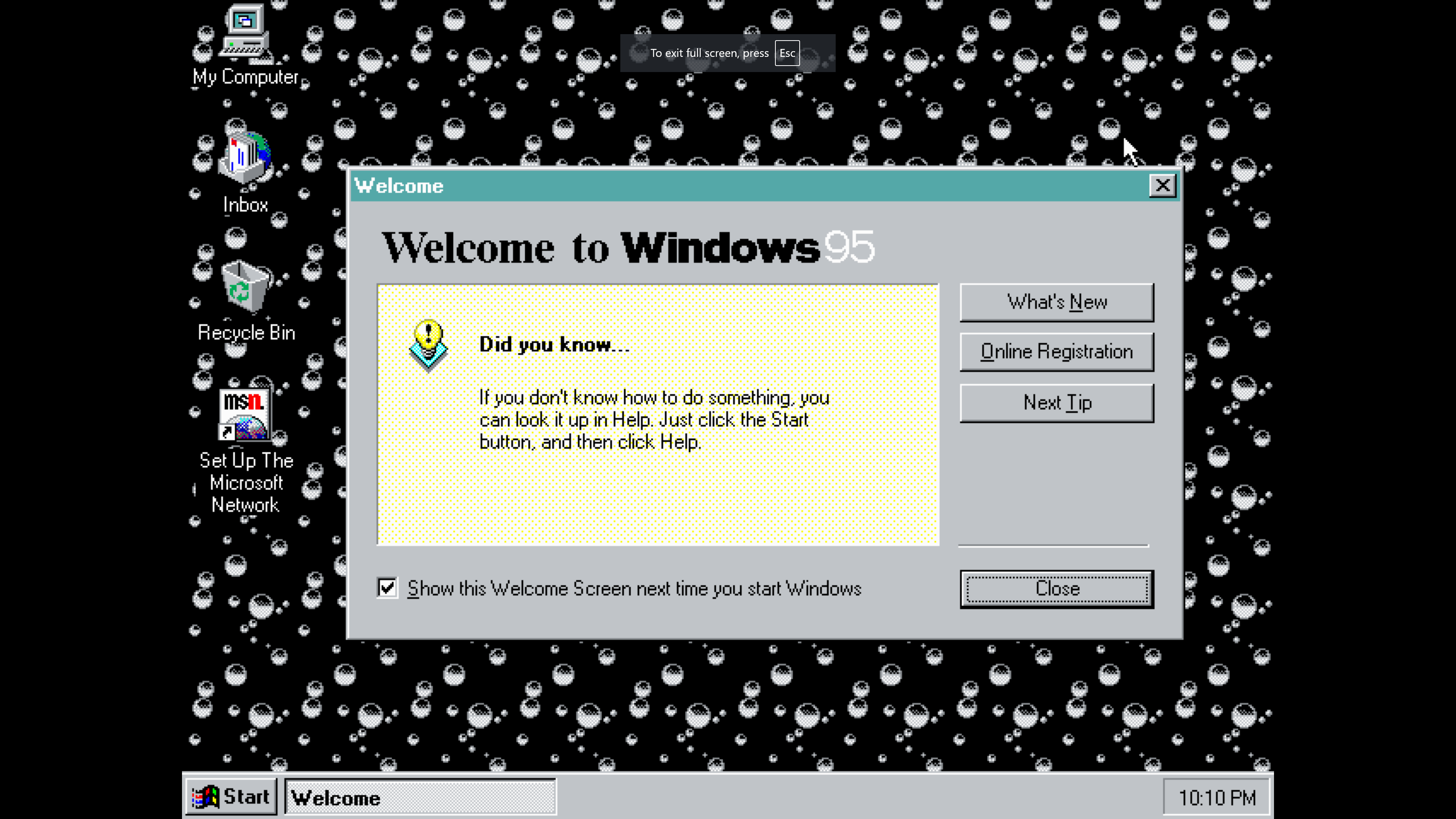It's 2024. In a world where everyone's constantly bombarded by social media white noise, your website is a big deal. Most importantly because it's your chance to cut through the noise.
Trust us when we say, we've worked with clients here in Maine, on a national scale, and even internationally: your website is a critical facet of your business.
However, it's not enough for a site to draw attention to your business. If it's not converting visitors into paying customers you're leaving money on the table.
With that in mind, here are five ways your website is failing your business.
You're Missing Key Information

Your website needs to be the last stage of the sales funnel. But it's also a visitor's first impression of your brand. Websites are a unique opportunity on the web to have control over the conversation, what your visitors see, and (crucially) the story they're presented with.
Most business owners think of their website as a billboard, where they put a few pictures and their contact information. Then they call it a day.
But I'm here to tell you that a phone number and email address isn't enough. Those are the how. Your website needs the why.
If you're not connecting with your customers on a deeper level—sharing tips and tricks and demonstrating your knowledge—then your website is failing your business.
TIP: Connect with your visitors and convert them into customers by telling your story and establishing yourself as an authority in your field.
It's Being Neglected

If your site hasn't been updated in a hot minute, that's a problem. (Or, worse yet, you don't have a site and rely on Facebook for your online presence.)
Look, we get it. As business owners, we all get busy. There are things we know we should be doing... yet there are bigger fish to fry.
If you're not in the digital media world, it can seem daunting. You didn't get into your line of work so you could manage a website, after all.
However, new content is what keeps your site relevant with search engines and what draws viewers to your site. This can be text, video, images, a portfolio section--the choice is yours.
When you create content, make sure you use the keywords for your business. Things like "Maine," "web design," and "video production" would be a few we'd use.
TIP: Set up a content schedule and stick to it. It can be as simple as "on Mondays I write a quick post about X for the site and post it to social media." Again, it's critical to stick with your schedule and create new content with some regularity.
You're Telling, Not Showing

Most people only skim the headlines. You know it's true because you do it, too.
Everyone does.
If your website is a wall of text or the design doesn't leave your visitors with a chance to catch their breath, you've got a problem.
Images draw the eye. Skillfully chosen ones grab attention and generate intrigue.
TIP: Use simple well-written copy, beautiful photos, relevant illustrations, and lots of white space to show your audience why you're the clear choice for the job.
It's Just Feels Off

Picture this: your website takes seconds to load, your site features broken images, or it uses obsolete tech (like Adobe Flash 🤮). Does this cast your brand in a negative light?
Worse yet, if your site is loaded with typos, it features poorly-written articles, obvious AI slop, or it just feels amateur—these also reflect negatively on your business and do more harm than good!
TIP: Clean & professional design, well-written articles, and use of modern web technology will lend credibility to your business.
It's Inaccessible

Have you ever tried browsing your website with your eyes closed? That's not a joke.
Try enabling a screen reader application and try using it on your website. If you find that it's hard—or even impossible—that's a serious issue.
One in five Americans have a visual impairment while nearly 1 in 40 are considered legally blind. If your site misses the mark for these folks, you're not only doing your potential customers a disservice, but you could also be harming Search Engine Optimization.
TIP: assistive technology exists for a reason. Embrace it. Use ARIA attributes and best practices in your HTML. Also, test your site with a screen reader before publishing any changes.
Your Calls To Action Miss the Mark

If your site doesn't feature calls to action that move the needle, you're missing out on conversions and sales.
You can spend a lot of time explaining the work you do and how you can help your clients, but at the end of the day, a call to action is what closes the deal.
Speaking of, our experience in this space gives us the know-how and the capacity to help you finally put your site to work!
Cheeky, aren't I? 😉



